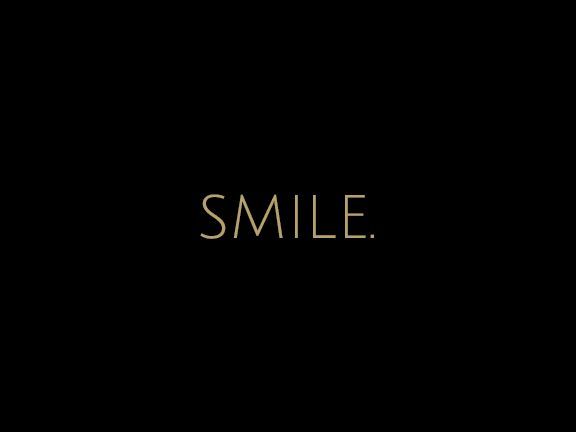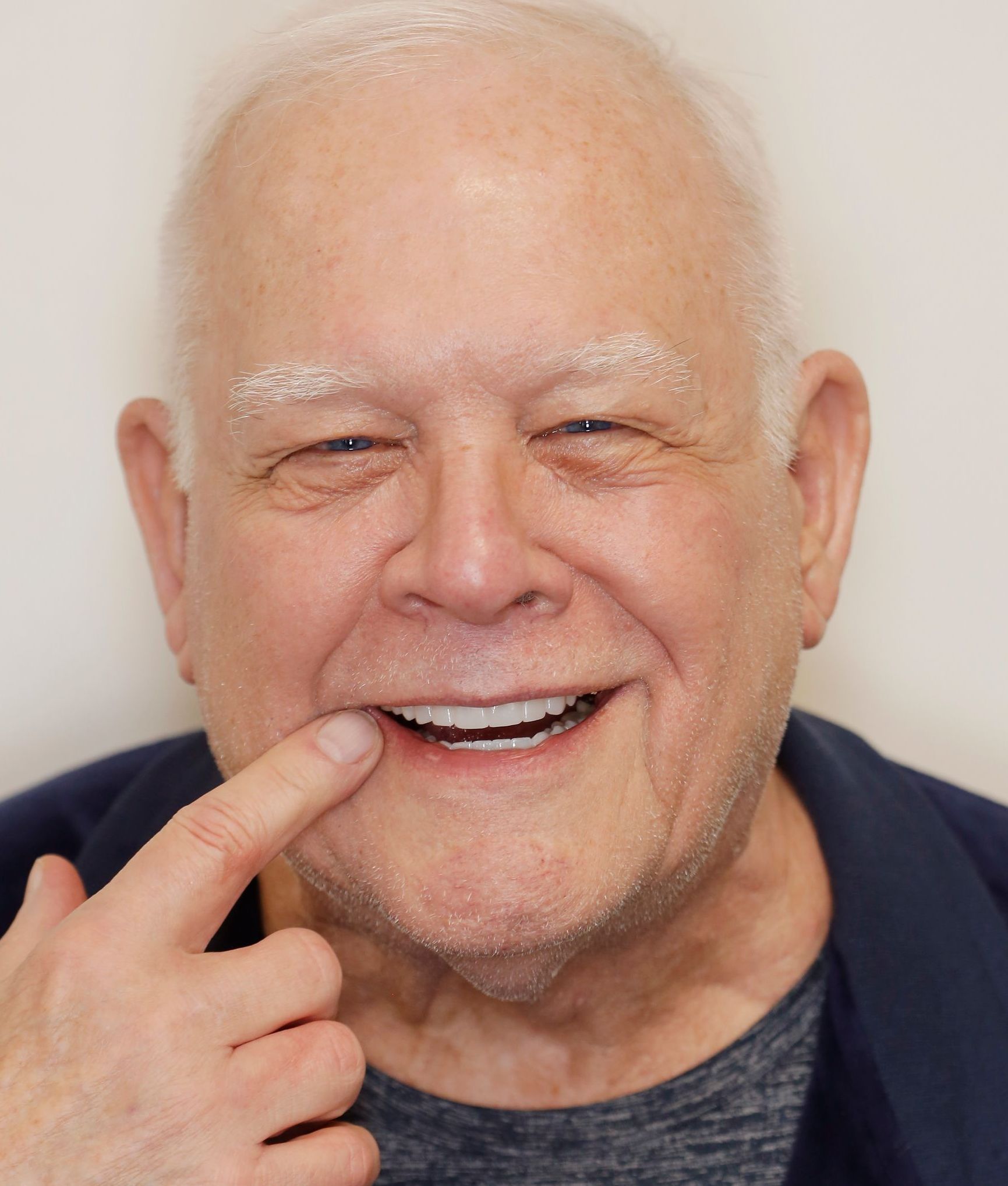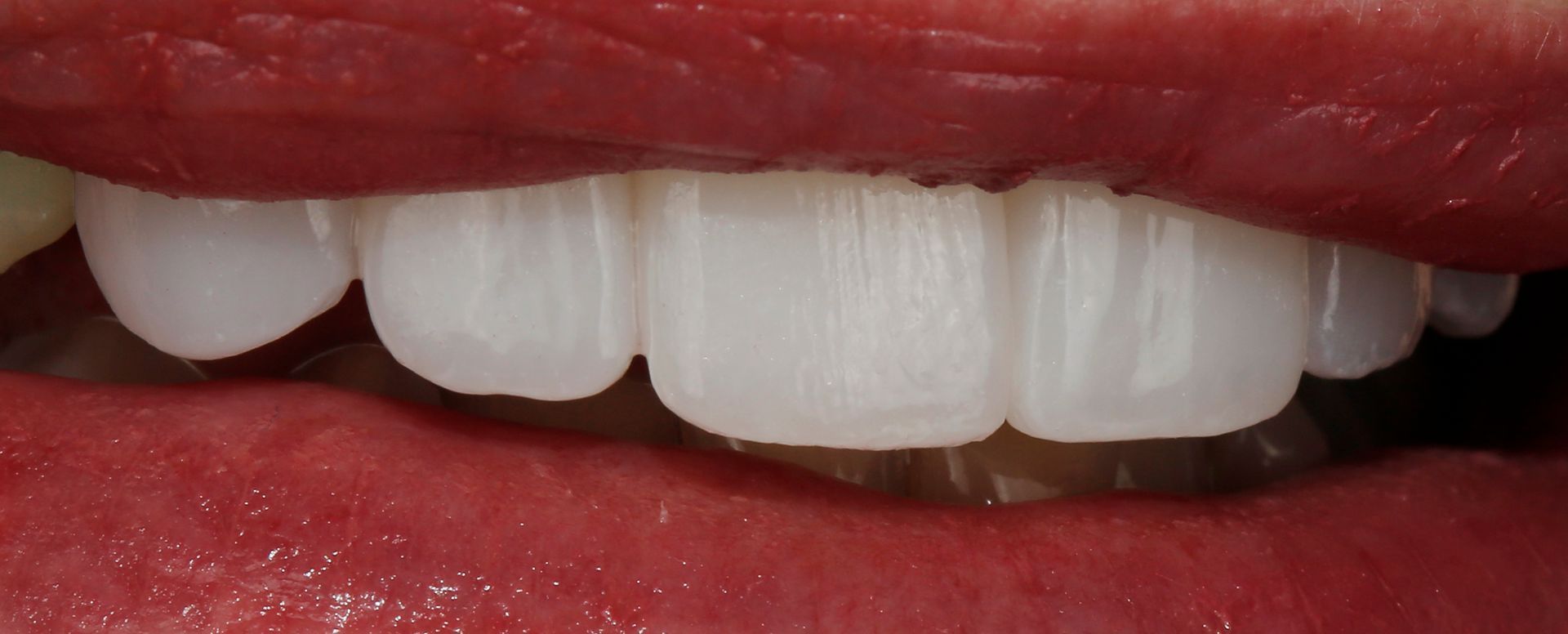Veneers vs Bonding: Assessing Your Cosmetic Dentistry Needs

Veneers vs Bonding: Assessing Your Cosmetic Dentistry Needs
Are you unsure whether dental veneers or bonding is the best solution for your cosmetic needs? Understanding these two popular techniques can significantly impact the appearance of your smile. In this post, I will guide you through the key differences between veneers and bonding, the timelines for each procedure, and the maintenance required to keep your dental work looking great. By identifying the option that aligns with your cosmetic goals, you can confidently approach your next appointment call , ensuring you achieve the smile you desire.
Understand the Differences Between Veneers and Bonding Techniques
When considering cosmetic dentistry options, understanding the differences between dental veneers and bonding techniques is essential. I will identify the core features of veneers and bonding, analyze the materials commonly used, and compare the longevity of each option. We will also evaluate the invasiveness of both procedures, consider their aesthetic outcomes, and review the costs associated with these treatments, providing you with a comprehensive overview to inform your decision.
Identify the Core Features of Dental Veneers and Bonding
Dental veneers are thin, custom-made shells crafted from porcelain that adhere to the front surface of teeth to enhance their appearance, offering a natural look and feel. In contrast, bonding involves applying a tooth -colored resin material that directly attaches to the tooth , making it a less invasive and quicker option for minor cosmetic changes. As a cosmetic dentist in Denver, I often see how both solutions can significantly boost patients' confidence in their smiles, allowing them to embrace social situations without hesitation; it's essential to request an appointment to discuss which option best fits your needs.
Analyze the Materials Commonly Used in Both Treatments
When comparing dental veneers and bonding, the materials used play a crucial role in the overall effectiveness and aesthetic of each treatment. Veneers are typically made from high-quality porcelain , offering durability and an appearance that closely mimics natural tooth enamel, making them ideal for achieving a bright smile often sought after through teeth whitening . On the other hand, bonding utilizes a composite resin that is shaped and cured to match the surrounding teeth; while less invasive, the longevity and resistance to staining can vary more compared to porcelain . As a professional who adheres to the standards set by the American Academy of Cosmetic Dentistry , I emphasize the importance of selecting the right material to align with your dental goals, whether you are addressing cosmetic concerns or considering orthodontics or treatments that may incorporate dental lasers for precision enhancements.
Compare the Longevity of Veneers Versus Bonding Options
When considering longevity, dental veneers generally outlast bonding options, often lasting 10 to 15 years with proper care. In my experience as a cosmetic dentist in Cherry Creek , patients frequently express concern about the durability of their treatments due to the fear of needing replacements. By requesting an appointment to discuss your specific needs, we can thoroughly evaluate which option would provide you with a lasting solution for your smile enhancements, ensuring that your mouth maintains its beauty for years to come.
Evaluate the Invasiveness of Each Cosmetic Procedure
The invasiveness of dental procedures can significantly influence your decision when considering cosmetic dental services . Veneers typically require some enamel reduction on the tooth surface, which may lead to minor discomfort during the process. In contrast, bonding is less invasive, often not requiring any alteration to the tooth structure, making it an appealing choice for those prioritizing a quick solution with minimal impact on the gums and surrounding tissue. Understanding these differences can help you make an informed choice when discussing options with your Denver dentist :
- Veneers involve enamel reduction, providing a more permanent solution.
- Bonding requires little to no alteration of the tooth surface.
- Consider the invasiveness when evaluating your comfort level and aesthetic goals.
Consider Aesthetic Outcomes for Veneers and Bonding
When considering aesthetic outcomes, both veneers and bonding offer distinct benefits suited to various cosmetic dentistry needs. Veneers provide a highly polished appearance that closely mimics natural enamel, making them ideal for a comprehensive smile makeover , whereas bonding can address minor flaws like chips or discoloration with quicker results. As a cosmetic dentist , I often encourage patients to evaluate these options based on their unique situations, including how they feel about potential tooth decay and the need for sedation during procedures:
| Aspect | Veneers | Bonding |
|---|---|---|
| Aesthetic Result | Natural enamel appearance | Good for minor fixes |
| Longevity | 10 to 15 years | 3 to 5 years |
| Invasiveness | Requires enamel removal | Minimal tooth alteration |
| Comfort Level | May require sedation | Usually no sedation needed |
Review the Costs Associated With Veneers and Bonding
When evaluating the costs associated with veneers and bonding, it's important to consider not just the upfront expenses but also the long-term investment in your smile. Typically, veneers may range from $2,000 to $2,500 per tooth , reflecting the artistry involved and the material's durability, while bonding is generally less, costing about $750 to $1,000 per tooth . As a cosmetic dentist , I emphasize the necessity of maintaining proper dental hygiene after these procedures, including regular teeth cleaning appointments, to ensure the longevity of your treatments and overall oral health, ultimately helping you make an informed decision that aligns with your cosmetic dentistry needs.
Determine Which Option Suits Your Cosmetic Dentistry Goals
To determine which option— veneers or bonding—best suits your cosmetic dentistry goals, I recommend assessing your specific dental concerns and desired outcomes. If your teeth are in good condition, veneers may provide a comprehensive enhancement. For minor issues, bonding is often a more suitable choice. It’s also essential to evaluate your budget and personal preferences, and seeking professional advice can lead to tailored recommendations that suit your unique needs. This approach ensures you can achieve the desired smile transformation effectively.
Assess Your Dental Concerns and Desired Outcomes
When assessing your dental concerns and desired outcomes, it's vital to consider what specific issues you wish to address. If you are struggling with noticeable chips, discoloration, or gaps, bonding may offer a quick and effective solution. On the other hand, if you desire a complete transformation to create a uniform and bright smile, veneers could be the ideal choice that aligns with your cosmetic dentistry goals.
| Concern | Recommended Option | Reason |
|---|---|---|
| Chips or minor flaws | Bonding | Quick application and minimal invasiveness |
| Discoloration | Veneers | Provides a bright, uniform appearance |
| Gaps or size discrepancies | Veneers | Offers a more comprehensive solution |
| Short-term fixes | Bonding | A cost-effective and fast approach |
Identify the Suitability of Veneers Based on Tooth Condition
When considering the suitability of veneers , it’s essential to evaluate the condition of your teeth. For teeth that are structurally sound but only require cosmetic improvements like discoloration or slight misalignment, veneers can provide a transformative solution. However, if your teeth have significant damage or decay, I often recommend addressing those issues first, as veneers are best suited for enhancing the appearance of otherwise healthy teeth.
Analyze When Bonding Is Preferable for Minor Corrections
Bonding is an excellent choice for addressing minor corrections, such as small chips, slight discoloration, or gaps between teeth. As a cosmetic dentist , I often recommend bonding for patients seeking quick and cost-effective solutions without the need for extensive alterations to their teeth. This technique provides immediate results and requires minimal preparation, making it ideal for those who want to enhance their smile without committing to more invasive procedures.
- Effective for small chips and minor flaws.
- Provides quick results with minimal tooth alteration.
- Cost-effective solution for patients on a budget.
- Ideal for enhancing smiles without extensive procedures.
Evaluate Your Budget for Cosmetic Dental Improvements
When evaluating your budget for cosmetic dental improvements, it’s vital to consider both the upfront costs and the long-term investment involved in veneers and bonding. While veneers generally range from $2,000 to $2,500 per tooth , bonding will generally cost bewtween $750 to $1,000 per tooth . I encourage you to think about not just the price but the durability and expected lifespan of each option to ensure your investment yields sustainable results for your smile:
- Veneers may have a higher upfront cost but typically last longer, offering enduring value.
- Bonding presents a budget-friendly option for quick fixes but may require more frequent replacements.
- Understanding ongoing maintenance and care can help you make a well-informed financial decision.
Explore Patient Preferences in Choosing Veneers or Bonding
When considering whether to choose veneers or bonding, I find that patient preferences often hinge on specific circumstances and desired outcomes. Many individuals lean toward veneers for their long-lasting durability and natural appearance, particularly when aiming for a significant aesthetic transformation. Conversely, those seeking a quicker and more cost-effective solution typically opt for bonding, especially when addressing minor imperfections. Through my experience, I encourage an open discussion about these preferences during consultations, ensuring that each patient leaves feeling confident in their decision to enhance their smile.
Seek Professional Advice for Tailored Recommendations
Seeking professional advice is a crucial step when determining whether veneers or bonding best aligns with your cosmetic dentistry needs. As a cosmetic dentist , I take the time to assess each patient 's dental health and aesthetic goals, which allows me to provide personalized recommendations. By discussing your specific concerns, preferences, and expectations during a consultation, I can guide you toward the most effective solution for achieving your desired smile transformation.
Discover the Procedure Timelines for Veneers and Bonding
In this section, I will outline the process of getting dental veneers and detail the steps involved in bonding treatment. We’ll compare appointment durations for both procedures, examine recovery times, and analyze the necessary follow-up care. Additionally, understanding potential side effects during recovery will provide you with practical insights to help in assessing your cosmetic dentistry needs.
Outline the Process of Getting Dental Veneers
The process of getting dental veneers typically involves multiple steps to ensure a perfect fit and a beautiful final result. Initially, I conduct a thorough evaluation of your teeth, discussing your aesthetic goals and determining if veneers are the right choice for you. Following this assessment, I will prepare your teeth by removing a small amount of enamel for an accurate fit and then take impressions to create custom veneers tailored to your smile needs:
- Initial consultation to discuss goals and evaluate dental health.
- Enamel preparation involving minimal tooth structure removal.
- Taking impressions for creating custom veneers .
- Fitting and bonding the veneers to achieve the desired appearance.
Detail the Steps Involved in Bonding Treatment
The bonding treatment process is straightforward and efficient, typically making it an appealing choice for those looking for quick cosmetic improvements. First, I begin by preparing the tooth surface, which may involve roughening it slightly to create a better grip for the resin. Next, I apply a tooth -colored composite resin, which I then shape and mold to address the specific imperfections like chips or gaps. After ensuring a proper fit, I cure the resin using a special light, which hardens it into a durable finish ready to blend seamlessly with your natural teeth.
| Step | Description |
|---|---|
| Initial Consultation | Discuss your aesthetic goals and evaluate dental health. |
| Preparation | Roughen the tooth surface for better resin adhesion. |
| Application | Apply and shape tooth-colored resin to correct imperfections. |
| Curing | Use a special light to harden the resin. |
| Final Adjustments | Ensure the bonding blends well with your natural teeth. |
Compare Appointment Durations for Both Procedures
When comparing the appointment durations for veneers and bonding, I find that veneers typically require more time due to their multi-step process. The initial consultation, enamel preparation, and custom creation of the veneers can span multiple visits, often lasting several weeks in total. In contrast, bonding can often be completed in a single appointment, making it an appealing option for those seeking quicker cosmetic improvements without the extended timeline associated with veneers .
Examine the Recovery Time After Veneers and Bonding
Recovery time varies between veneers and bonding. For veneers , patients may experience some sensitivity for a few days due to the enamel preparation process, but this typically subsides quickly. In contrast, bonding usually requires minimal recovery, allowing you to return to your normal activities almost immediately after the procedure. I encourage my patients to maintain proper dental hygiene and follow any specific post-treatment guidelines I provide to ensure a smooth healing process and optimal results.
Analyze Follow-Up Care Required for Each Option
After receiving dental veneers , follow-up care typically includes regular check-ups to monitor the condition of the veneers and ensure proper oral hygiene is maintained. I advise my patients to avoid excessive force while eating and to practice daily rinsing and brushing, especially around the edges of the veneers . For bonding, although the recovery is swift, I recommend scheduling an appointment in a few weeks to assess the bonding material and ensure it remains intact, highlighting the importance of consistent maintenance for optimal long-term results.
Understand Potential Side Effects During Recovery
Understanding potential side effects during recovery is important when considering veneers or bonding. After undergoing veneer placement, some patients may experience sensitivity in the treated teeth due to enamel reduction, which usually subsides within a few days. Conversely, bonding typically involves minimal recovery time, but it is essential to maintain good dental hygiene and be cautious with eating hard foods to avoid damaging the resin. By being aware of these side effects, you can better prepare for your cosmetic dentistry experience and ensure your comfort as you transition to your new smile.
Explore the Maintenance and Care for Veneers and Bonding
Daily oral hygiene practices are vital for maintaining the longevity of both veneers and bonded teeth. I will discuss proper care methods specific to each treatment, compare their long-term maintenance requirements, and evaluate how your diet affects their durability. Additionally, I’ll address common misconceptions about care and highlight signs that indicate when repair or replacement may be necessary.
Discuss Daily Oral Hygiene Practices for Veneers
Maintaining your veneers requires consistent daily oral hygiene practices to ensure their longevity and appearance. I recommend brushing your teeth at least twice a day with a non-abrasive toothpaste and using an interdental cleaner to remove debris around the edges of the veneers . Regular visits to the dentist for professional cleanings will also aid in preserving your smile and addressing any potential concerns before they escalate.
Identify Proper Care Methods for Bonded Teeth
Caring for bonded teeth is essential to ensure their longevity and maintain their aesthetic appeal. I always advise my patients to brush gently with non-abrasive toothpaste and to floss carefully to avoid dislodging any bonding material. Regular dental check-ups are also crucial, as they help address any concerns early on and keep your smile looking its best.
Compare Long-Term Maintenance Requirements for Both
When comparing the long-term maintenance requirements for veneers and bonding, it's important to consider the different care strategies each option necessitates. Veneers , while durable, require diligent oral hygiene practices, including regular brushing and flossing, to avoid decay and maintain their appearance. In my practice, I've observed that patients who commit to regular dental check-ups and avoid hard foods often find their veneers last significantly longer, showcasing the importance of preventive care for lasting results.
Evaluate the Impact of Diet on Veneers and Bonding Durability
Your diet plays a vital role in maintaining the durability of both veneers and bonded teeth. I always advise my patients to limit their intake of staining foods and beverages, such as coffee, tea, and red wine, as these can affect the aesthetic quality of both treatments over time. Furthermore, avoiding overly hard foods can prevent damage to the resin in bonding and protect the porcelain of veneers , ensuring that your cosmetic enhancements last longer and continue to look their best.
Address Common Misconceptions About Veneer and Bonding Care
Many patients hold misconceptions about the care required for veneers and bonding. For instance, some believe veneers are impervious to stains, but in reality, they require consistent care similar to natural teeth to maintain their brightness. Additionally, there’s a notion that bonding, being a less invasive option, has no follow-up care, but regular dental visits are crucial to assess the integrity of the bond and prevent potential issues. Understanding these points is essential for maintaining your cosmetic enhancements and ensuring your smile continues to shine.
Highlight Signs That Indicate Repair or Replacement Is Needed
It's essential to recognize the signs that indicate your veneers or bonding may require repair or replacement. Common indicators include visible chips, discoloration, or changes in the fit, which can compromise the overall appearance and function of your smile. As a professional in cosmetic dentistry , I recommend scheduling a consultation if you notice any of these concerns, allowing us to assess the condition of your dental enhancements and determine the best course of action to restore their beauty and effectiveness.
Read Patient Experiences With Veneers and Bonding Options
In this section, I will share patient experiences related to veneers and bonding options. You will find testimonials from individuals who chose veneers , along with stories from those who opted for bonding. We'll compare satisfaction levels, examine before-and-after photos, and evaluate the emotional impact these cosmetic enhancements have had on their lives. Additionally, I will review expert comments that shed light on these treatments and how they resonate with patients.
Showcase Testimonials From Patients Choosing Veneers
Many patients who choose veneers often express their satisfaction with the remarkable changes in their smiles. For instance, one patient remarked on how their confidence soared after receiving veneers , highlighting the seamless blend of aesthetics and comfort. They noted that the transformation allowed them to engage in social interactions confidently, reflecting the true impact of cosmetic enhancements on personal well-being:
| Patient Experience | Before Treatment | After Treatment |
|---|---|---|
| Testimonial | Felt self-conscious about chipped and discolored teeth. | Confident and happy with a bright and uniform smile. |
| Confidence Level | Low; avoided social gatherings. | High; actively participates in events. |
| Overall Satisfaction | Uncertain | Extremely satisfied with the outcome. |
Present Stories From Individuals Who Opted for Bonding
Many individuals who have chosen bonding have shared positive stories about their experiences. For instance, one patient came to me feeling self-conscious about a noticeable chip in her front tooth , which made her hesitant to smile. After opting for bonding, she found the process quick and comfortable, leaving her with a renewed sense of confidence as her smile looked natural and undetectable, effectively resolving her cosmetic concern without the need for extensive treatment.
Compare Satisfaction Levels Between Veneers and Bonding
In my practice, I've noticed a distinct difference in satisfaction levels between patients who choose veneers versus those who opt for bonding. Generally, patients who select veneers express higher levels of happiness with their results, often citing the natural appearance and long-lasting durability as significant advantages. Conversely, those who choose bonding are typically pleased with the immediate improvements, yet some may experience concerns about longevity and maintenance over time, which can influence their overall satisfaction.
Examine Before-and-After Photos of Patient Results
As a cosmetic dentist , I've had the privilege of witnessing the transformative power of both veneers and bonding through before-and-after photos of my patients' results. These images tell compelling stories about the effectiveness of each procedure, showcasing how veneers can create a uniform, bright smile while bonding effectively addresses minor imperfections like chips and discoloration. Reviewing these results not only highlights the aesthetic improvements possible with dental treatments but also emphasizes the importance of choosing the right procedure tailored to individual dental needs and goals.
Gauge the Emotional Impact of Cosmetic Enhancements
The emotional impact of cosmetic enhancements can be profound and life-changing for many patients. When I see individuals transform their smiles with veneers or bonding, it's not just about aesthetics; it's about renewed confidence and self-esteem. Patients often share how their cosmetic treatments have allowed them to engage more fully in social situations and overcome feelings of self-consciousness, illustrating the powerful connection between a beautiful smile and personal well-being.
Review Expert Comments on Patient Experiences With Treatments
In my experience as a cosmetic dentist , I have observed that patients often share varied impressions based on their treatment choices between veneers and bonding. Many express satisfaction with the natural aesthetics of veneers and their long-lasting results, which contributes to an enhanced self-image. Conversely, those who opt for bonding frequently appreciate the convenience and immediacy of treatment, particularly for minor adjustments, yet they sometimes voice concerns over its durability in the long term. This feedback helps me tailor recommendations to meet individual goals and address specific concerns, ensuring that each patient finds the treatment that best meets their unique cosmetic dentistry needs.
Learn About the Latest Innovations in Cosmetic Dentistry
In this section, I will review significant advancements in veneer technology and materials that enhance their durability and aesthetics. We'll discover new bonding techniques and products that improve application results. Additionally, I'll analyze how digital tools are transforming cosmetic procedures, investigate current trends influencing treatments, explore ethical considerations in cosmetic dentistry , and understand the regulatory changes affecting veneers and bonding.
Review Advancements in Veneer Technology and Materials
In recent years, advancements in veneer technology and materials have significantly enhanced both the durability and aesthetic appeal of dental veneers . Modern veneers are now thinner and stronger, made from high-quality materials that mimic the look of natural teeth more closely than ever. As a cosmetic dentist , I have observed that these light-weight, ultra-thin veneers not only require less enamel removal but also provide a more comfortable fit for patients, allowing for a remarkable enhancement in their smiles while preserving the integrity of their natural teeth.
Discover New Bonding Techniques and Products Available
In my practice, I continuously stay updated on new bonding techniques and products that enhance the effectiveness of cosmetic dentistry . Recent advancements include improved composite resins that offer better color matching and increased durability, providing a seamless integration with your natural teeth. These innovations allow me to deliver high-quality bonding solutions that not only address aesthetic imperfections but also ensure longevity, ultimately enhancing my patients' satisfaction with their dental transformations.
Analyze the Role of Digital Tools in Cosmetic Procedures
In today's cosmetic dentistry , digital tools play a vital role in enhancing the precision and efficiency of procedures like veneers and bonding. Using advanced technology such as 3D imaging and CAD/CAM systems, I can create highly accurate representations of your teeth, allowing for tailored treatment plans that meet your unique aesthetic goals. This approach not only streamlines the entire process, reducing appointment times, but also ensures that the final result closely aligns with what you envision for your smile.
Investigate Trends Influencing Cosmetic Dental Treatment
In my practice, I've noticed a growing trend towards minimally invasive cosmetic procedures, which has influenced the approaches I take with both veneers and bonding. Patients increasingly prefer treatments that preserve tooth structure while still achieving remarkable aesthetic results, pushing me to incorporate advanced techniques and materials that align with this preference. As I stay abreast of these trends, I aim to ensure my patients receive the best options to enhance their smiles with minimal discomfort and optimal outcomes.
Explore Ethical Considerations in Cosmetic Dentistry
In my practice, ethical considerations in cosmetic dentistry are paramount, especially when discussing options like veneers and bonding. I prioritize patient education, ensuring individuals fully understand the implications of their choices, including the potential need for tooth alteration and the longevity of results. By promoting transparent communication, I help patients navigate their cosmetic needs while considering their overall dental health, fostering a responsible approach to achieving a beautiful smile.
Understand Regulatory Changes Affecting Veneers and Bonding
Regulatory changes are essential in ensuring that cosmetic dentistry practices, including veneers and bonding, maintain high standards of safety and efficacy. As a cosmetic dentist committed to providing optimal care, I stay informed about updates that affect the materials and techniques I use in my practice. These changes can lead to innovations in the quality and performance of dental products, ultimately enhancing patient outcomes and satisfaction.
| Regulatory Change | Description | Impact on Treatment |
|---|---|---|
| Material Safety Standards | Stricter guidelines for dental materials to ensure they are safe for use. | Increased patient safety and reduced risk of allergic reactions. |
| Approval Process for New Products | Enhanced review procedures for new dental technologies. | Ensures only the most effective and reliable products are available. |
Conclusion
Understanding the differences between veneers and bonding is crucial for anyone considering cosmetic dental enhancements. Both options offer unique benefits, from the longevity and aesthetic appeal of veneers to the quick and cost-effective nature of bonding. By assessing your specific dental concerns and desired outcomes, you can make an informed choice that aligns with your needs. Consulting with a cosmetic dentist will further guide you in selecting the best solution to achieve your dream smile.



















